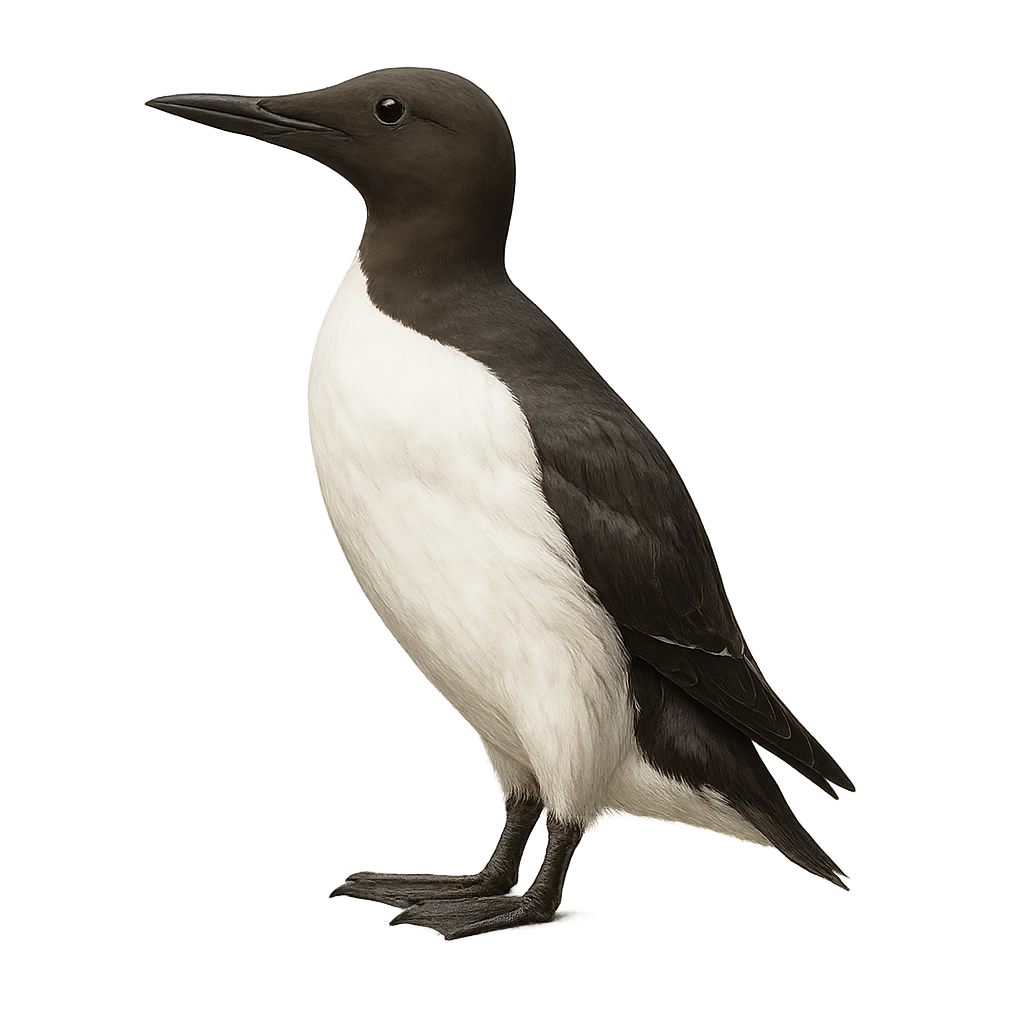Your wildlife photography guide.
Explore the common guillemot in detail, study its behavior, prepare your shots.
Where to observe and photograph the common guillemot in the wild
Learn where and when to spot the common guillemot in the wild, how to identify the species based on distinctive features, and what natural environments it inhabits. The WildlifePhotographer app offers tailored photography tips that reflect the common guillemot’s behavior, helping you capture better wildlife images. Explore the full species profile for key information including description, habitat, active periods, and approach techniques.
Common guillemot
Scientific name: Uria aalge

IUCN Status: Least Concern
Family: ALCIDAE
Group: Birds
Sensitivity to human approach: Suspicious
Minimum approach distance: 30 m
Courtship display: April to May
Incubation: 30-33 jours
Hatchings: May to June
Habitat:
Sea cliffs, islands, and rocky coasts of northern regions, especially in Europe and North America
Activity period :
Primarily active during the day, with peak activity in the morning and late afternoon.
Identification and description:
The Common Guillemot is a seabird characterized by its black and white plumage, and its streamlined body which allows it to swim with agility. It measures about 40 to 45 cm in length and weighs between 500 and 700 g. Its head is black with sharp white eyes, and its wings are short and pointed, suited for diving. The Common Guillemot primarily lives on coastal cliffs, where it nests in very dense colonies, often on inaccessible sites. It is found mainly in Northern Europe, particularly in Scandinavia, the United Kingdom, and Iceland, but also along the coasts of the North Atlantic. The Common Guillemot is an excellent diver, primarily feeding on fish, particularly small herring and capelin, which it catches by diving underwater in search of prey. While the species is not endangered, it is vulnerable to marine pollution, climate change, and disruption of its breeding sites.
Recommended lens:
300 mm – adjust based on distance, desired framing (portrait or habitat), and approach conditions.
Photography tips:
The WildlifePhotographer App is coming soon!
Be the first to explore the best nature spots, track rutting seasons, log your observations, and observe more wildlife.
Already 1 432 wildlife lovers subscribed worldwide

